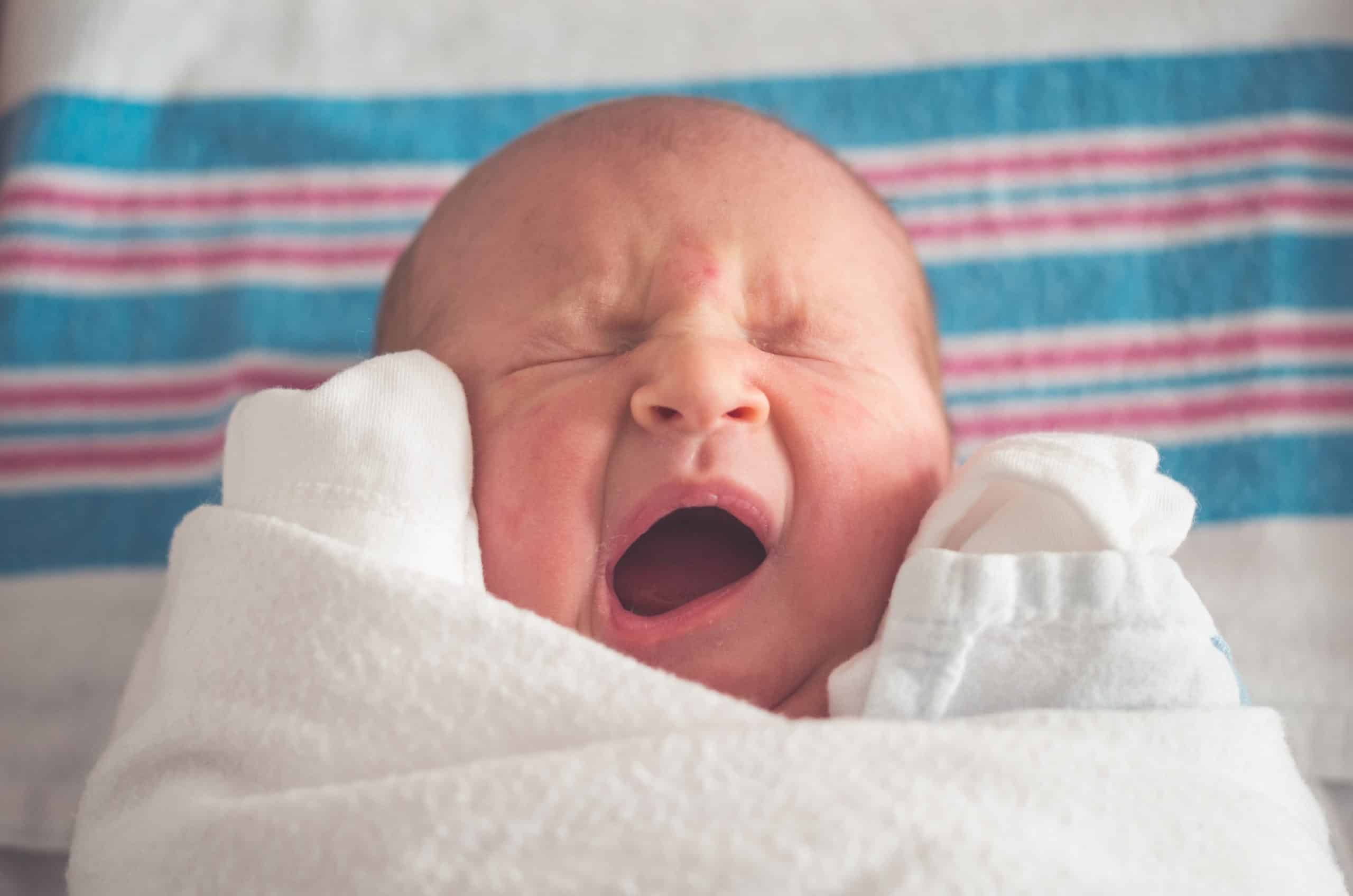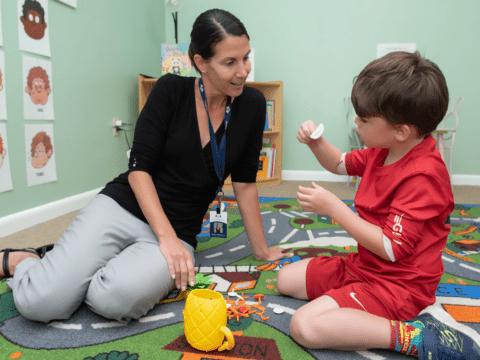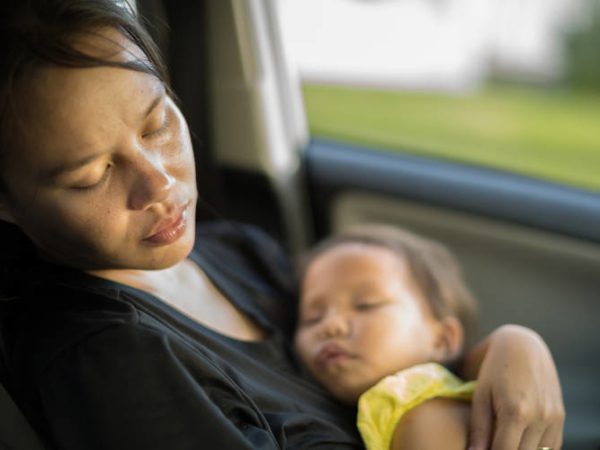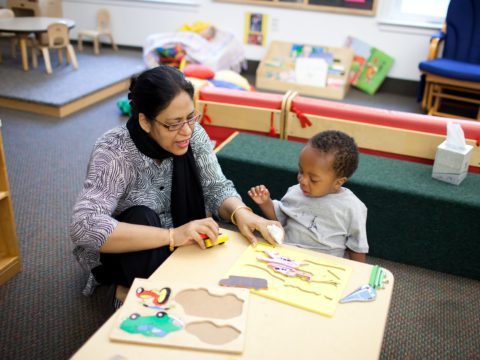Buzzwords Explained: Child Trauma
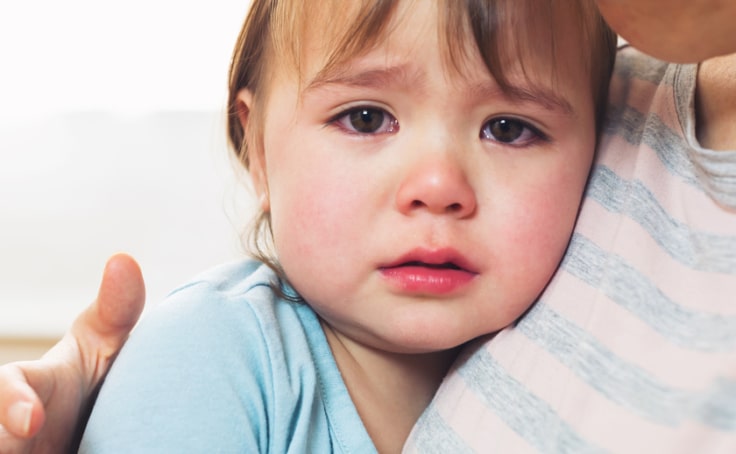
Key Takeaways
- More than 20% of babies will have one or more adverse childhood experiences in their first three years of life.
- Traumatic experiences can impact early childhood development.
- While we can’t always prevent trauma from happening, how we respond afterward matters.
Expert Insight From:

Noelle Hause
Senior PD Manager, Infant and Early Childhood Mental Health
Noelle leads and coordinates the delivery of DC:0-5™ Diagnostic Classification of Mental Health and other infant and early childhood mental health (IECMH) related national and international PD offerings.
What is child trauma?
People typically think of trauma as one big, scary event — and sometimes it is. Trauma can also look like a series of experiences that erode our trust in the world. A car crash is traumatic, but so is persistent food insecurity. Physical abuse by an adult is a clear form of trauma, but what about ongoing verbal abuse or witnessing a parent being abused? Child trauma is defined as any perceived harm or threat of loss that a child experiences or witnesses directly or learns about.
- abuse or assault (physical, psychological, or sexual)
- maltreatment or neglect
- community or school violence
- witnessing or experiencing domestic violence
- the sudden loss of a loved one
- life threatening illness
- natural disasters
- terrorism, or refugee/war experiences
These negative experiences alter how the child views their world. While trauma is difficult for anyone to process, it is particularly hard for young children who do not yet have the verbal and cognitive skills to understand what they’ve gone through. Infants and toddlers are developing quickly as their brains make observations and interpret experiences to understand the world around them. Strong relationships with caregivers and a safe environment help young children learn to trust the world. Early traumatic events — called adverse childhood experiences or ACEs — can have the opposite effect.
In severe cases of neglect, the structure of the brain is smaller than those children who have had a nurturing, responsive caregiving experience.
Noelle Hause
Effects of child trauma on early development:
- Relationally — Children who experience trauma may feel unable to trust their caregivers’ ability to keep them safe.
- Behaviorally — Children respond to trauma behaviorally by avoiding stressors. This may look like ignoring requests, arguing, or being defiant, but they are a protective response the child has developed to keep themselves safe.
- Emotionally — Many children who have been through trauma will cry inconsolably, refuse comfort, demonstrate fearful behaviors or disengage from others.
- Cognitively — As a result of trauma, children may show an inability to sequence thoughts and behaviors. They may appear confused, have low attention spans, or forget familiar routines.
- Neurobiologically — Trauma may interfere with the maturation of the brain structure itself, including the amygdala, the hippocampus and the prefrontal regions of the brain, as well as endocrine system responses. This may affect their capacity to coordinate their cognition, emotional regulation, and behavior.
- Developmentally — As a result of trauma, some children will not meet expected milestones or even regress in their development.
What the data says:
- Child trauma is associated with 8 of the 10 leading causes of death in the US.
- Child trauma is more common than you might think. Research has found that more than 20% of babies will have one or more adverse childhood experiences in their first three years of life.
- Trauma doesn’t impact all groups equally. Children of color and children raised in poverty are more likely to experience traumatic events. More than half of America’s babies are children of color, and two million babies live in poverty.
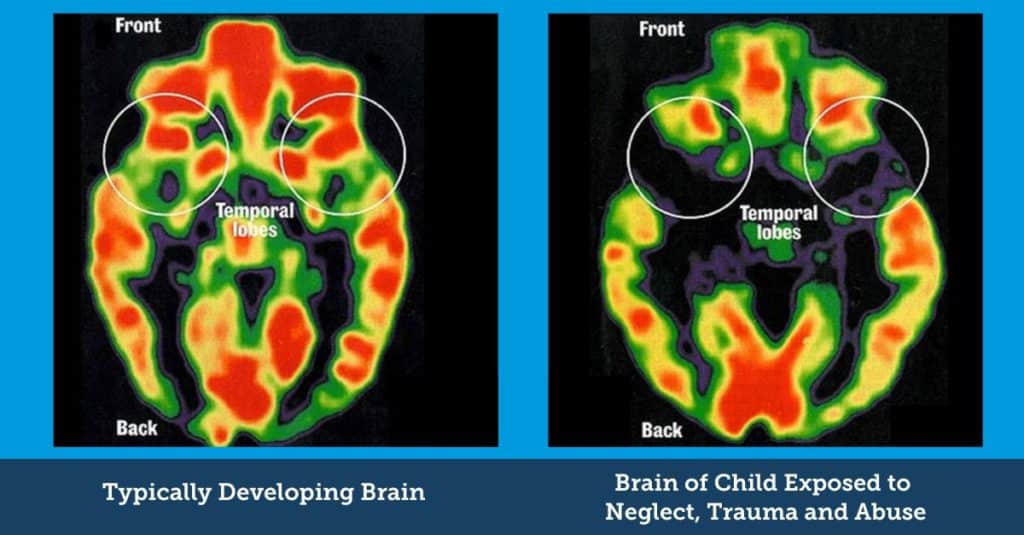
Reducing the effects of child trauma requires a two-pronged approach focused on both treatment and prevention.
While we can’t always see or address events that cause trauma, how we respond afterwards matters. Especially in ages zero to three, comfort and healing happens through relationships. Loving support from trusted adults can help reduce the effects of child trauma.
ACEs are often intergenerational, meaning that children of parents with ACEs are at a greater risk themselves. Treatment often focuses on both the child and their family to address intergenerational trauma.
Robust training in infant and early childhood mental health and culturally-centered trauma-informed care helps set more infants and toddlers up for success — even when they have a difficult start. And by advocating for more support for America’s families, we can work toward reducing incidents of child trauma overall.
Learn more about ZERO TO THREE’s trauma-informed professional development opportunities.
Professionals are Key in Treatment and Prevention

